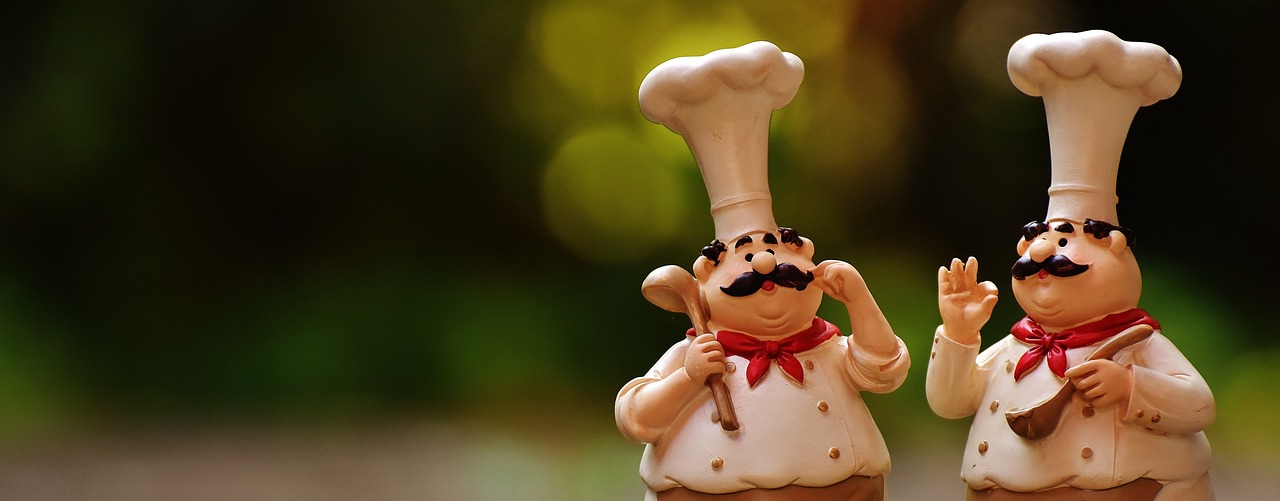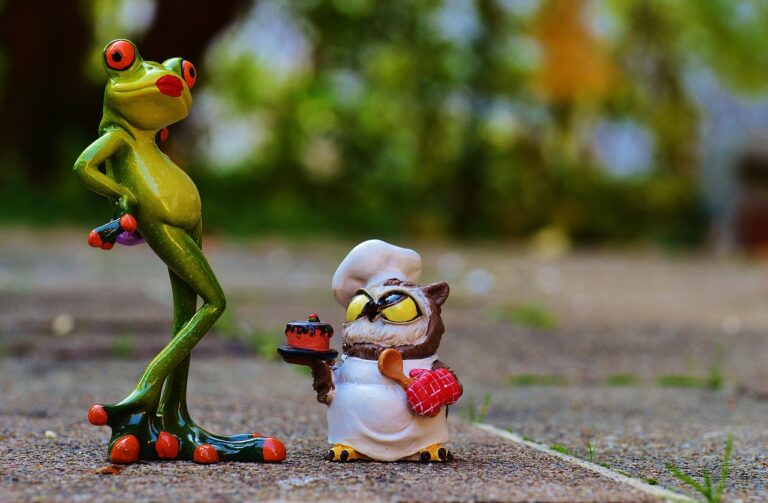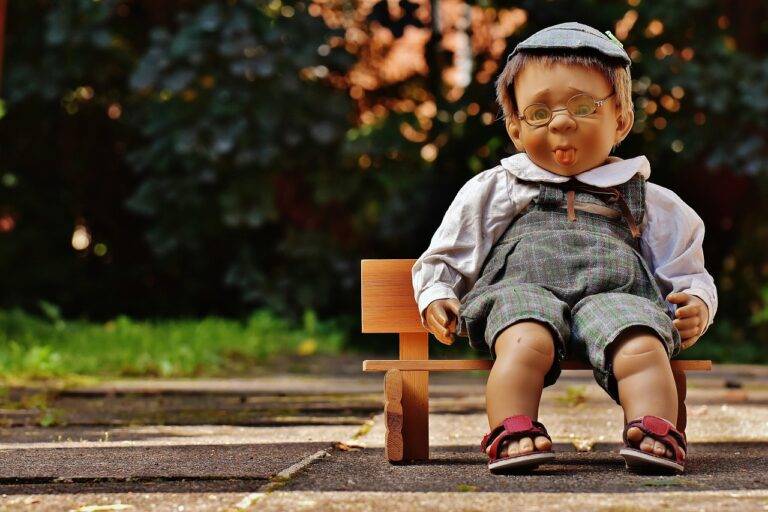Opera and Cultural Revitalization: Preserving Traditional Arts in Contemporary Contexts
www.world777, 11xplay.online, bet book 247: Opera and Cultural Revitalization: Preserving Traditional Arts in Contemporary Contexts
Opera is a form of art that has been around for centuries, captivating audiences with its powerful music, dramatic performances, and rich storytelling. In today’s fast-paced world, where technology and popular culture dominate the entertainment industry, traditional art forms like opera can sometimes be overlooked. However, many artists and cultural institutions are working diligently to preserve and revitalize opera, ensuring that this vibrant art form continues to thrive in contemporary contexts.
Embracing Tradition
One of the challenges facing opera today is how to remain relevant in a world that is constantly evolving. While some may view opera as old-fashioned or elitist, there is a growing movement to embrace the traditions of this art form while also exploring new and innovative ways to engage with audiences. By preserving the core elements of opera such as powerful vocals, intricate costumes, and elaborate sets artists are able to bring these timeless stories to life in a way that resonates with modern audiences.
Collaboration and Innovation
In order to ensure the longevity of opera, artists and cultural institutions are increasingly collaborating with other art forms and disciplines. By fusing opera with dance, theater, visual arts, and even technology, creators are able to offer audiences a fresh and dynamic experience that pushes the boundaries of traditional opera. These collaborations not only attract new audiences but also help to breathe new life into classic operatic works, making them more accessible and engaging for contemporary viewers.
Education and Outreach
Another key aspect of preserving opera in the 21st century is through education and outreach programs. By introducing opera to young people through school programs, workshops, and community events, cultural institutions are able to foster a new generation of opera lovers and performers. These initiatives help to demystify opera and make it more approachable for those who may not have had exposure to this art form before. By engaging with diverse communities and offering educational opportunities, opera can continue to thrive and evolve in the modern world.
Fostering Diversity and Inclusion
In order to remain relevant and resonant in contemporary society, opera must also strive to reflect the diversity of the world we live in. By showcasing stories and voices from a wide range of cultures and backgrounds, opera can broaden its appeal and attract a more diverse audience. By celebrating diversity and inclusion both on and off the stage, opera can remain a vital and vibrant art form that speaks to the richness and complexity of the human experience.
FAQs
Q: Is opera only for the elite?
A: While opera has historically been associated with the aristocracy, today it is a form of art that is accessible to people from all walks of life. Many opera companies offer affordable ticket options, as well as online streaming options for those who may not be able to attend live performances.
Q: How can I introduce opera to my children?
A: Many opera companies offer family-friendly performances, as well as educational programs designed specifically for children. Consider taking your children to see a shortened or adapted version of a classic opera, or attending a family workshop where they can learn more about the art form.
Q: What can I do to support opera in my community?
A: There are many ways to support opera in your community, such as attending performances, volunteering at a local opera company, or donating to arts organizations. By showing your support for opera, you can help ensure that this cherished art form continues to thrive for generations to come.







